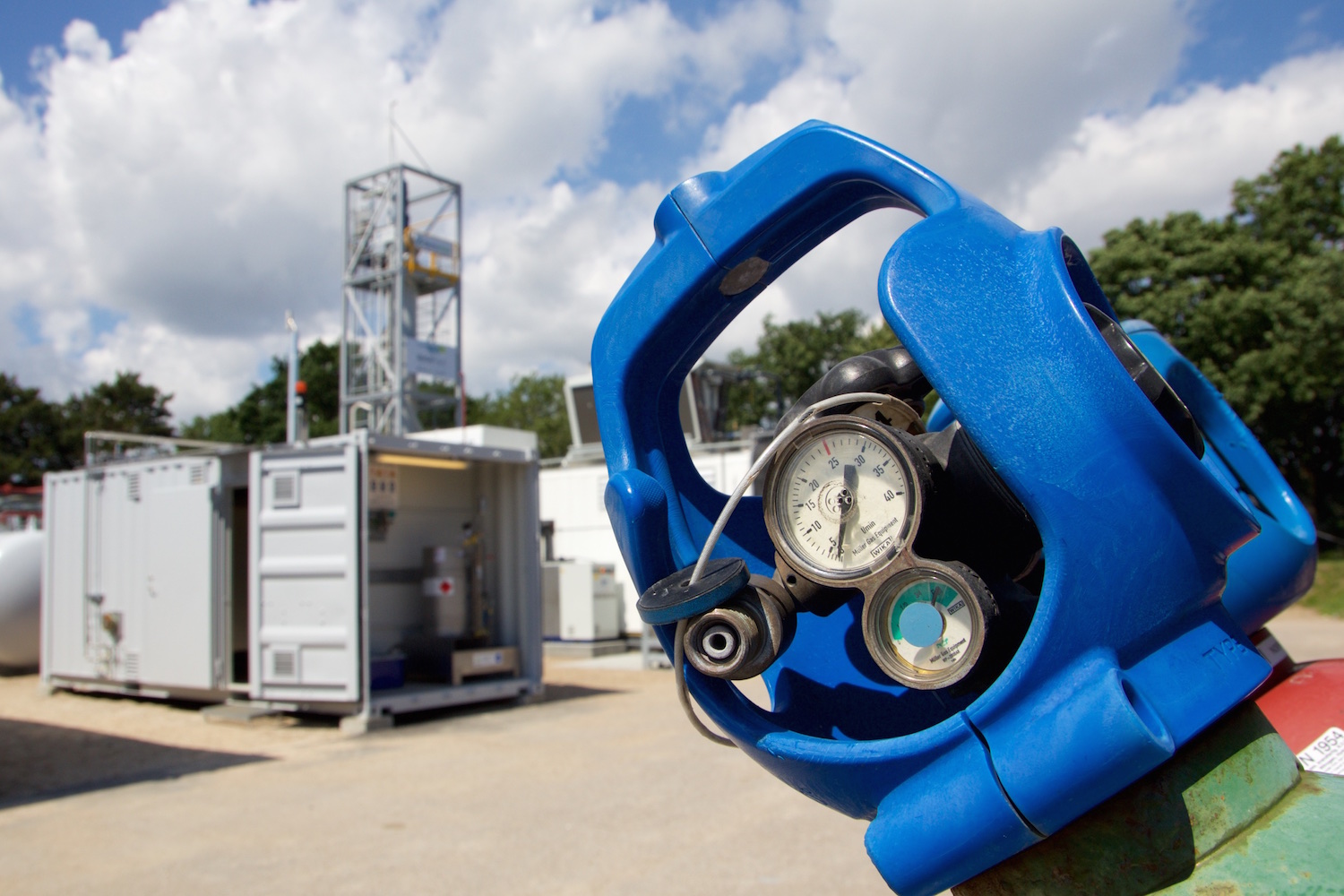[font face=Serif][font size=5]UChicago startup turns renewable energy into natural gas[/font]
[font size=4]Assoc. Prof. Laurens Mets develops technology that makes wind, solar power more viable[/font]

Fully operational since July, Electrochaea’s one-megawatt BioCat facility near Copenhagen converts excess electrical power from wind turbines and waste CO2 from the neighboring water treatment plant into methane for the natural-gas grid.
Photo by Ronnie Ranch Hedegaard, courtesy of Electrochaea
By Greg Borzo
November 30, 2016
[font size=3]One of the biggest challenges to wider adoption of wind and solar power is how to store the excess energy they often produce.
A technology developed at the University of Chicago, and now being commercialized by a University startup, is addressing the intermittent nature of these renewable sources. It uses a selectively evolved, unicellular microorganism that helps convert electricity into methane gas. That gas can be stored, transported and used wherever natural gas is used, including for the generation of power on demand.
Laurens Mets, associate professor of molecular genetics and cell biology, began developing the technology in the late 1990s. From it, the startup
Electrochaea was born with support from the University’s technology transfer office, which is now part of the
Polsky Center for Entrepreneurship and Innovation.
…
The process starts with surplus electricity that is coming from a wind farm or solar array, but isn’t needed immediately. That power is used to convert water into hydrogen and oxygen. The hydrogen is combined with waste carbon dioxide from any of a variety of sources, such as a biogas or an industrial process, in a proprietary bioreactor in which the microorganisms efficiently catalyze conversion of the mixture into methane and water.
…[/font][/font]
